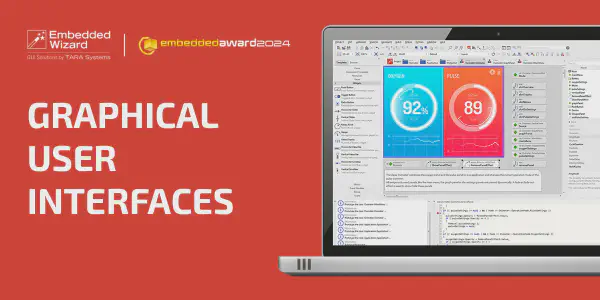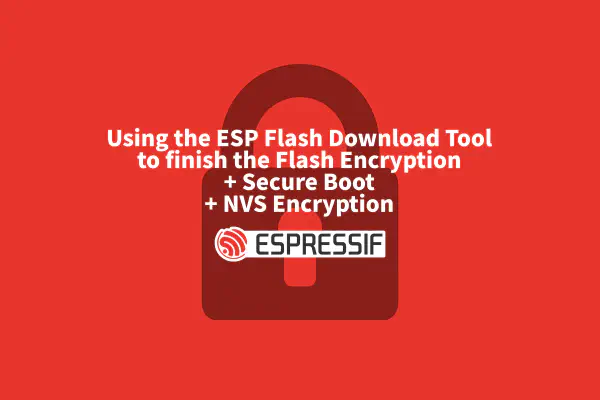Released in 2016 by Microsoft, the Windows Subsystem for Linux (WSL) is a feature that allows the use of a Linux environment with no need of a virtual machine, container or dual boot. The WSL is a great way to run Linux alongside Windows.
Introduction#
In some cases, users can’t use Windows PowerShell for developing ESP-IDF applications for ESP SoCs, or when WSL is already in use, the flashing and monitoring steps can be tricky.
This article is a step-by-step guide, provided to help you work with Espressif’s SoCs when using WSL.
Alternatives#
Many common operations (e.g., flashing, monitoring, etc. ) can be handled by the ESP_RFC2217_server (Telnet) where the host Windows machine acts as the server and the WSL terminal acts as the client. However, tools like OpenOCD (Open On-Chip Debugger) cannot be used with this approach.
Guide#
The following steps describe a serial port forwarding method for WSL using USBIPD-WIN. It is assumed that the latest version of WSL2 is already installed. A detailed guide and troubleshooting can be found in Microsoft documentation.
(tested with: Windows 11 (23H2), USBIPD-WIN 4.3.0)
1. Install the USBIPD-WIN#
Using package manager in the host terminal, run:
winget install usbipd
Or download the .msi file from the latest releases and install it manually.
After the installation, the terminal must be restarted.
2. Attach the USB#
With the devkit connected, in the host terminal, run:
usbipd list
In this example, the devkit used is the ESP32-C6-DevKit-C, with the 1-1 is the BUSID, which will be needed in the following commands.
BUSID VID:PID DEVICE STATE
1-1 303a:1001 USB Serial Device (COM4), USB JTAG/serial debug unit Not shared
Now, bind the listed devkit with following command in host terminal (needs administrative privileges).
usbipd bind --busid 1-1
Attach the device in the host terminal (needs already running instance of WSL).
usbipd attach --wsl --busid 1-1
Now you should be able to see the devkit in the WSL terminal. You can run lsusb command to check it. You can now start using the attached serial port directly in the WSL.
Troubleshooting note#
If is not possible to use the devkit, even after attaching, but it is visible with the lsusb command, you can run the following command in the WSL terminal:
sudo modprobe cp210x
This will add kernel module with the needed controller only for the current instance.
To add this permanently, it can be done with the following command:
echo "cp210x" | sudo tee -a /etc/modules
Detach the USB#
When you don’t need to keep the devkit connected, you can detach the USB with this command:
usbipd detach --busid 1-1
Conclusion#
Working with WSL and Espressif’s SoCs, for certain use cases may not be that simple. While for basic operations, using the ESP_RFC2217_server might be enough (where the host machine acts as the server and the WSL terminal as the client) this method may not be always sufficient. In some cases, direct interaction with the devkits from within WSL becomes necessary. When that happens, serial port forwarding can be employed.
With the help of this guide, we hope the process is now clearer, making it easier for you to work with Espressif’s devkits in a WSL.





